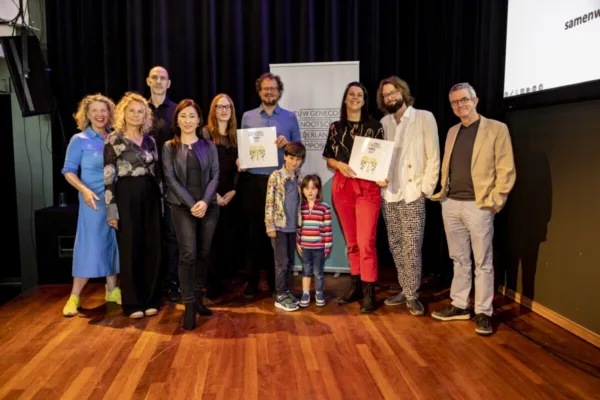The entrance exam consists of a practical and a theoretical part. You will have to be successful in both parts in order to secure a place.
The practical exam (audition)
For the first round of the audition (pre-selection) we ask you to send in recordings of the pieces as mentioned below. You can record the different pieces in separate takes.
If you are invited for the second round, you can prepare the same pieces. Please bring a program with you, so the jury knows what you have prepared. The audition will take 15-20 minutes.
-
One etude, for instance by Kopprasch, Bordogni, Tyrell or Hering. A different etude of comparable or higher level is also acceptable.
One (movement of a) solo piece.
The list below gives an indication of suitable pieces, but a different piece of comparable or higher level is also acceptable.
-
Grøndahl, L. (1924) Concerto (first movement).
-
Guilmant, A. (1902) Morceau symphonique.
-
Larsson, L.E. (1955) Concertino (first movement).
-
Marcello, B. (1730) Six sonatas (first movement of a sonata).
-
Rimsky-Korsakov, N. (1877) Concerto (first movement).
-
Saint-Saëns, C. (1915) Cavatine.
-
Serocki, K. (1954) Sonatina (first movement).
-
Weber, C.M. von. (ca. 1811-1822) Romance.
-
One etude, for instance by Kopprasch, Bordogni, Grigoriev or Slama. A different etude of comparable or higher level is also acceptable.
-
One (movement of a) solo piece.
The list below gives an indication of suitable pieces, but a different piece of comparable or higher level is also acceptable.-
Bozza, E. (1962) New Orleans.
-
Ewazen, E. (1997) Concertino.
-
Koetsier, J. (1972) Allegro maestoso.
-
Lebedev, A. (1947) Concerto no. 1.
-
Marcello, B. (1730) Six sonatas (first movement of a sonata).
-
McCarty, P. (1962) Sonata (first movement).
-
Sachse, E. (ca. 1844-1845) Concertino (first movement).
-
Telemann, G.P. (1728) Sonata in f minor (first movement)
-
The assessment of the practical part of the entrance exam is influenced by (the correlation between) the following factors:
- previous music education
- development expectations
- professional perspective
- technical realisation
- musical expression
Please find examples of theory exams here.








